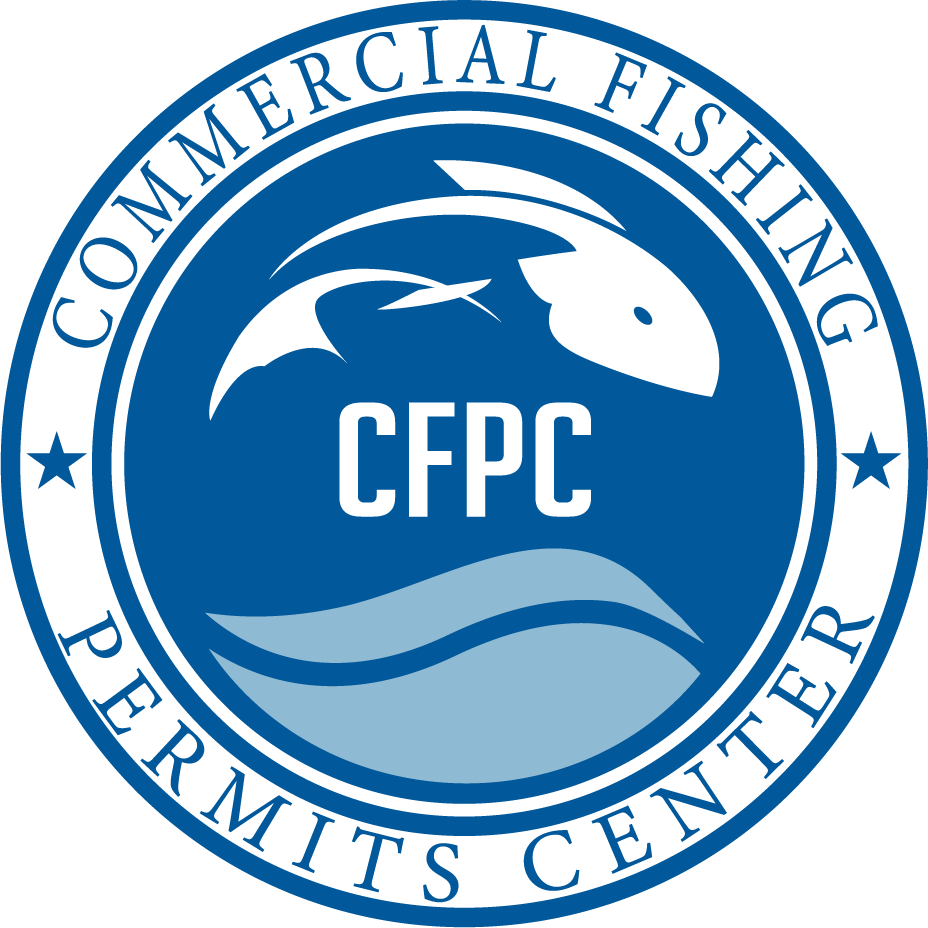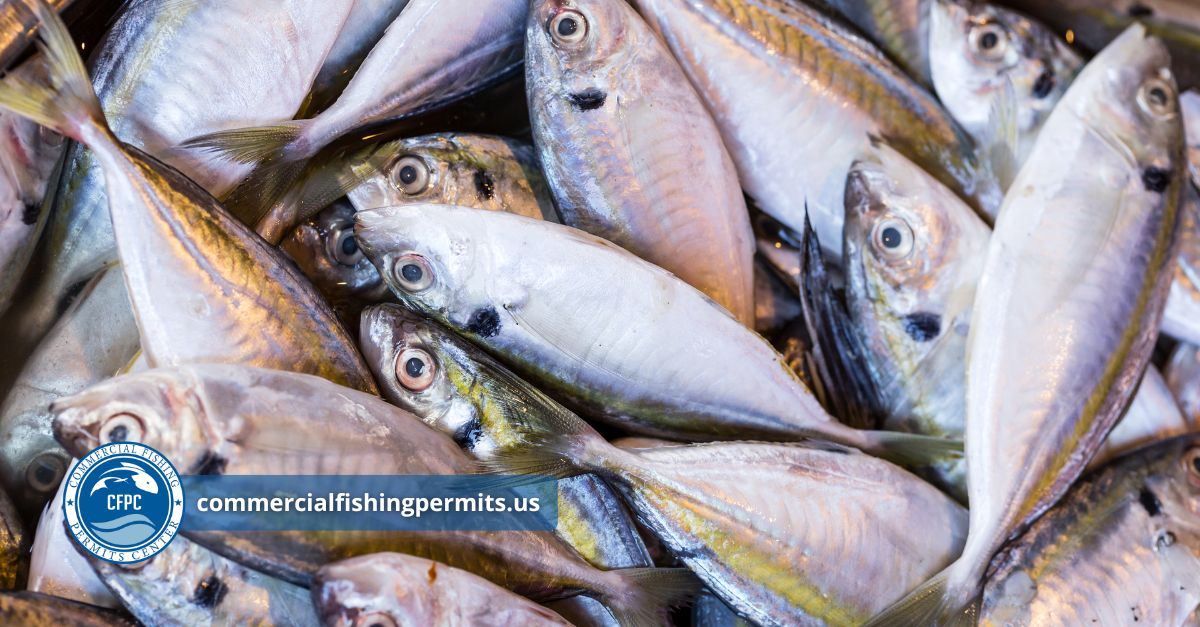The NOAA fisheries service is a federal entity that works to regulate laws related to fisheries in the United States, including commercial and recreational fishing. This is done to preserve fish species and ensure fishing activities for years to come. The regulations apply to individual fishers, as well as certain businesses, state and local governments, non-profit entities, and several others. How does the NOAA make these fishing regulations? Keep reading to find out.
Creating Laws
Much like any other law, laws pertaining to fishing activities are proposed by a member of Congress. If it’s approved by both branches of Congress, the bill moves on to the president of the United States, where it can be approved or vetoed. The most prevalent law regulating fisheries is the Magnuson-Stevens Fishery Conservation and Management Act. Anytime a new law is passed, it is then published in the United States Code.
Putting Laws into Practice
Most of the time, a law doesn’t go into detail about how to enforce it. That’s where the NOAA comes in. The agency is authorized by the government to create regulations regarding how the law will be enforced. These regulations tell fisheries and fishermen what is allowed and what isn’t in regard to protecting fish species, encouraging healthy fishing-related commerce, and ensuring that the fishery industry can prosper in the future. Once a regulation is created, the NOAA works with the public and law enforcement to be sure it’s being followed.
Creating Fisheries Regulations
While there may be some variation regarding how a regulation is created, there’s a basic set of steps that are usually followed. They look like this:
- When a problem arises, the Council gathers ideas and suggestions for how to address the issue. Stakeholders and members of the public are involved in identifying solutions.
- The issue moves to an oversight committee, which suggests amendments and alternatives, based on the information that the Council collects. Analysis and drafting of documents follow.
- Public hearings are hosted to share decisions and receive feedback.
- The committee makes a final recommendation to the Council, which the public is able to speak on before a final decision is made. The Council then votes to accept or reject the recommendation. Approvals are sent to the NOAA for implementation.
- NOAA Fisheries ensures that the action plan is compliant with the current Magnuson-Stevens Fishery Conservation and Management Act and proposes a regulation, which they do by issuing a Notice of Proposed Rulemaking. Members of the public are invited to comment and provide feedback.
- Revisions are made, as needed.
- The regulation is added to the Code of Federal Regulations.
Getting Involved
If you’d like to be a part of the NOAA regulation process, you can do so by speaking at meetings, providing your information in writing, attending committee meetings, offering feedback and public comments, and providing alternatives, if necessary.
The NOAA Fisheries Service federal fishing regulations are in place to protect water species but also provide the fishing industry rules to abide by so everyone can benefit fully from the practice. If you’d like to know more or want to get involved, contact the Commercial Fishing Permits Center today with all of your questions and needs.



No Comments
Be the first to start a conversation